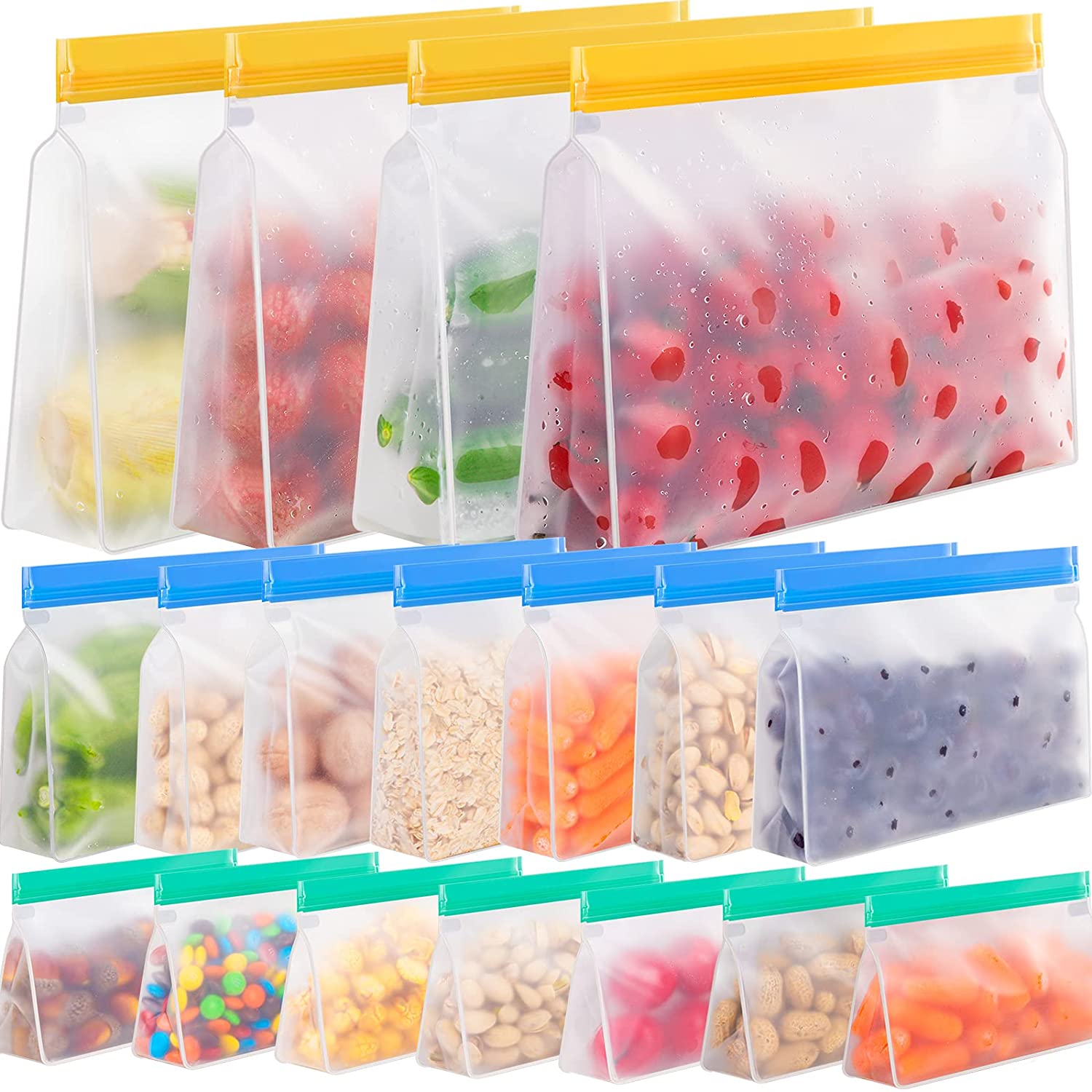

Articles
How To Store Reusable Ziploc Bags
Modified: August 16, 2024
Learn how to store and organize your reusable ziploc bags with these helpful articles. Find tips and tricks to keep them clean and ready to use.
(Many of the links in this article redirect to a specific reviewed product. Your purchase of these products through affiliate links helps to generate commission for Storables.com, at no extra cost. Learn more)
Introduction
Welcome to the world of reusable Ziploc bags! In recent years, there has been a growing awareness and concern about the environmental impact of single-use plastics. As a result, many people are turning to alternatives that are more sustainable and eco-friendly. One such alternative is the reusable Ziploc bag.
Reusable Ziploc bags are made from durable materials such as silicone or food-grade PEVA. They can be washed and reused multiple times, making them a great option for storing food, snacks, and other small items.
In this article, we will explore the benefits of using reusable Ziploc bags, as well as provide you with some tips on how to properly clean, dry, fold, and store these bags. We will also share some helpful advice on maximizing the lifespan of your reusable Ziploc bags. So, let’s get started!
Key Takeaways:
- Make the switch to reusable Ziploc bags to reduce plastic waste, save money, and enjoy the convenience of easy cleaning and versatile use. Care for them properly to maximize their lifespan and contribute to a more sustainable future.
- Properly clean, dry, fold, and store your reusable Ziploc bags to maintain their condition and ensure they are always ready for use. Avoid sharp objects, extreme temperatures, and overstuffing to extend their durability and make a positive impact on the environment.
Read more: How To Store Ziploc Bags In Pantry
Why Use Reusable Ziploc Bags
There are several compelling reasons to switch to reusable Ziploc bags:
- Reducing Plastic Waste: By using reusable Ziploc bags, you can significantly reduce the amount of plastic waste you generate. Unlike single-use plastic bags, which end up in landfills or contribute to pollution in our oceans, reusable Ziploc bags can be used over and over again.
- Cost-Effective: While the initial cost of purchasing reusable Ziploc bags may be higher than disposable plastic bags, in the long run, they can save you money. You won’t have to repeatedly buy single-use bags, and with proper care, your reusable bags can last for months or even years.
- Eco-Friendly Materials: Reusable Ziploc bags are typically made from eco-friendly materials like silicone or food-grade PEVA. These materials are free from harmful chemicals, BPA, and phthalates, making them a safer alternative for storing food and reducing exposure to harmful substances.
- Convenient and Versatile: Reusable Ziploc bags come in various sizes and designs, making them suitable for a wide range of uses. Whether you want to pack your lunch, store leftovers, organize small items during travel, or keep your toiletries in order, reusable Ziploc bags offer a convenient and versatile solution.
- Easier to Clean: Unlike single-use plastic bags that can be challenging to clean thoroughly, reusable Ziploc bags are designed for easy cleaning. They are dishwasher-safe, can be washed by hand with warm soapy water, or even turned inside out for a more thorough cleaning.
By making the switch to reusable Ziploc bags, not only will you contribute to reducing plastic waste, but you’ll also enjoy the durability, convenience, and versatility they offer. Now that you know why using reusable Ziploc bags is beneficial, let’s dive into how to clean, dry, fold, and store them properly.
Cleaning and Drying Reusable Ziploc Bags
Proper cleaning and drying are essential to maintain the hygiene and longevity of your reusable Ziploc bags. Follow these steps to ensure effective cleaning:
- Empty and Rinse: Empty the contents of the bag and rinse it with warm water to remove any food residue or debris.
- Wash with Soap: Use mild dish soap or a gentle cleanser to wash the inside and outside of the bag. You can either use your hands and a sponge or place the bag in the dishwasher (if it’s dishwasher-safe).
- Scrub if Needed: For stubborn stains or residue, you can gently scrub the bag’s interior with a soft brush or sponge to ensure thorough cleaning.
- Rinse Thoroughly: Rinse the bag well with warm water to remove any soap residue.
- Air Dry: Let the bag air dry by placing it upside down on a drying rack or hanging it up using a clothespin. Make sure it is completely dry before storing to prevent the growth of mold or mildew.
It’s important to note that reusable Ziploc bags are not suitable for use in microwaves or ovens. Always remove the contents from the bag before heating or cooking.
In addition to regular cleaning, it’s a good idea to periodically deep clean your reusable Ziploc bags. Here’s how:
- Vinegar Soak: Fill a basin or sink with equal parts water and white vinegar. Submerge the bags and let them soak for about 30 minutes. Vinegar helps remove odors and disinfect the bags.
- Rinse and Air Dry: After soaking, rinse the bags thoroughly with warm water and let them air dry completely.
By following these cleaning and drying methods, you can keep your reusable Ziploc bags fresh, clean, and ready for reuse.
To store reusable Ziploc bags, make sure they are completely dry before storing to prevent mold and mildew. Store them flat or upright in a drawer or on a shelf to save space and keep them easily accessible.
Folding and Storing Reusable Ziploc Bags
Proper folding and storage of reusable Ziploc bags will not only help save space but also keep them in good condition for prolonged use. Here’s how to fold and store them:
- Ensure Dryness: Before folding and storing, make sure your reusable Ziploc bags are completely dry. This helps prevent the growth of mold or mildew.
- Flatten the Bag: Start by flattening the bag as much as possible. This will help remove any excess air and make the folding process easier.
- Fold in Half: Fold the bag in half vertically or horizontally, depending on your preference or the size of the bag. Ensure that the edges and corners line up neatly.
- Continue Folding: Fold the bag in half again, either vertically or horizontally, to further reduce its size. Repeat this step until the bag is folded into a compact shape.
- Secure the Fold: To keep the bag in place, you can insert a small clip or use a rubber band to secure the fold. This will prevent the bag from unraveling during storage.
When it comes to storing your folded Ziploc bags, there are a few options:
- Drawer Organizer: Store your folded reusable Ziploc bags in a drawer organizer or small container dedicated to storage. This will keep them neatly organized and easily accessible.
- Hanging Hooks or Clips: Attach hanging hooks or clips on the inside of a cabinet door or pantry wall. Hang the bags by their clips, making it simple to grab them when needed.
- Storage Pouch: Use a fabric or mesh storage pouch to keep your folded Ziploc bags together. This is particularly handy if you want to store them in a bag or backpack for travel or on-the-go use.
Remember to avoid storing reusable Ziploc bags in direct sunlight or extreme heat, as this can degrade the material over time. Find a cool, dry place to keep them for optimal preservation.
By following these folding and storing techniques, you can maintain the shape and condition of your reusable Ziploc bags, ensuring they are always ready for use.
Tips for Maximizing the Lifespan of Reusable Ziploc Bags
To make the most out of your reusable Ziploc bags and extend their lifespan, here are some helpful tips to keep in mind:
- Avoid Sharp Objects: Be mindful of the items you store in your reusable bags, as sharp objects can puncture or damage the material. Use caution when storing items like knives, utensils, or anything with sharp edges.
- Avoid Extreme Temperatures: While reusable Ziploc bags are generally freezer-safe and can withstand low temperatures, it’s best to avoid exposing them to extreme heat. High temperatures can cause the material to warp or degrade.
- Label Your Bags: If you use your reusable Ziploc bags for storing different types of foods or items, consider labeling them. This will help you quickly identify the contents and prevent cross-contamination.
- Don’t Overstuff: Avoid overfilling your reusable Ziploc bags beyond their capacity. Overstuffing can strain the seams and zipper, leading to premature wear and tear.
- Regularly Inspect for Damage: Periodically check your reusable Ziploc bags for any signs of damage, such as holes, tears, or worn-out zippers. If any damage is found, it’s best to replace the bag to maintain its effectiveness.
- Avoid Harsh Chemicals: When cleaning your reusable bags, opt for gentle dish soap or cleansers instead of harsh chemicals. Avoid using bleach or strong solvents, as they can degrade the material and compromise its longevity.
- Store with Care: When storing your folded reusable Ziploc bags, handle them with care to avoid unnecessary creasing or bending. This will help maintain their shape and structural integrity.
- Rotate and Use Regularly: To prevent one bag from being overly used and worn out, rotate your reusable Ziploc bags regularly. This ensures that all bags get equal usage and helps extend their overall lifespan.
By following these tips, you can maximize the lifespan of your reusable Ziploc bags and continue to enjoy their many benefits for a long time to come.
Read more: How To Store Reusable Silicone Bags
Conclusion
Reusable Ziploc bags are an excellent sustainable alternative to single-use plastic bags. By using them, you can significantly reduce plastic waste, save money in the long run, and help protect the environment. Not only that, but reusable Ziploc bags are convenient, versatile, and easy to clean.
In this article, we discussed the importance of using reusable Ziploc bags and provided valuable insights on how to clean, dry, fold, and store them properly. Remember to empty and rinse your bags, wash them with mild soap, and ensure they are thoroughly air-dried before folding and storing them neatly. By following these guidelines, you can keep your reusable Ziploc bags in good condition and ready for repeated use.
We also shared tips for maximizing the lifespan of your reusable Ziploc bags, such as avoiding sharp objects, labeling your bags, and regularly inspecting for any signs of damage. By caring for your bags and using them responsibly, you can extend their durability and continue to enjoy the benefits they offer.
So, make the switch to reusable Ziploc bags and join the movement towards a more sustainable future. By incorporating these eco-friendly alternatives into your daily life, you can make a positive impact on the environment and help create a greener, cleaner world for generations to come.
Remember, every small change counts, and choosing reusable Ziploc bags is a simple yet impactful step towards a more sustainable lifestyle.
Now that you've mastered storing reusable Ziploc bags, why not tackle some other organizational hurdles around your home? For those dealing with cramped cooking spaces, our guide on effective kitchen organization strategies offers smart, space-saving tips. Plus, stay ahead of the curve with our insights into the best food storage solutions set to transform your pantry in 2024. Both articles are packed with practical advice to streamline your space and simplify your life.
Frequently Asked Questions about How To Store Reusable Ziploc Bags
Was this page helpful?
At Storables.com, we guarantee accurate and reliable information. Our content, validated by Expert Board Contributors, is crafted following stringent Editorial Policies. We're committed to providing you with well-researched, expert-backed insights for all your informational needs.
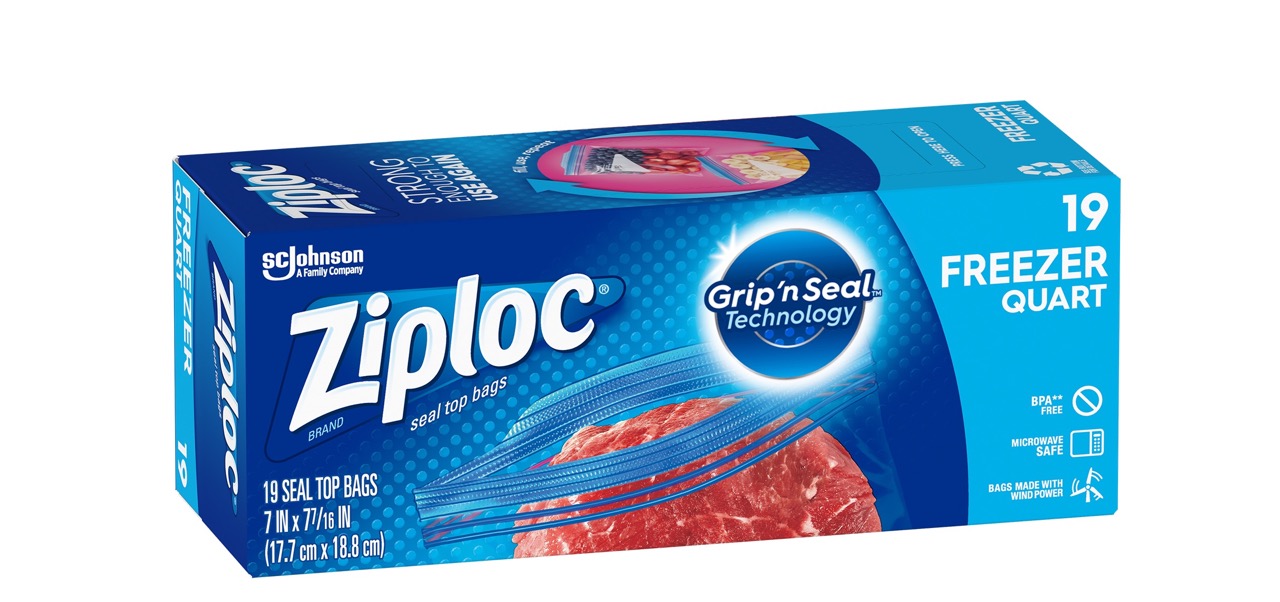

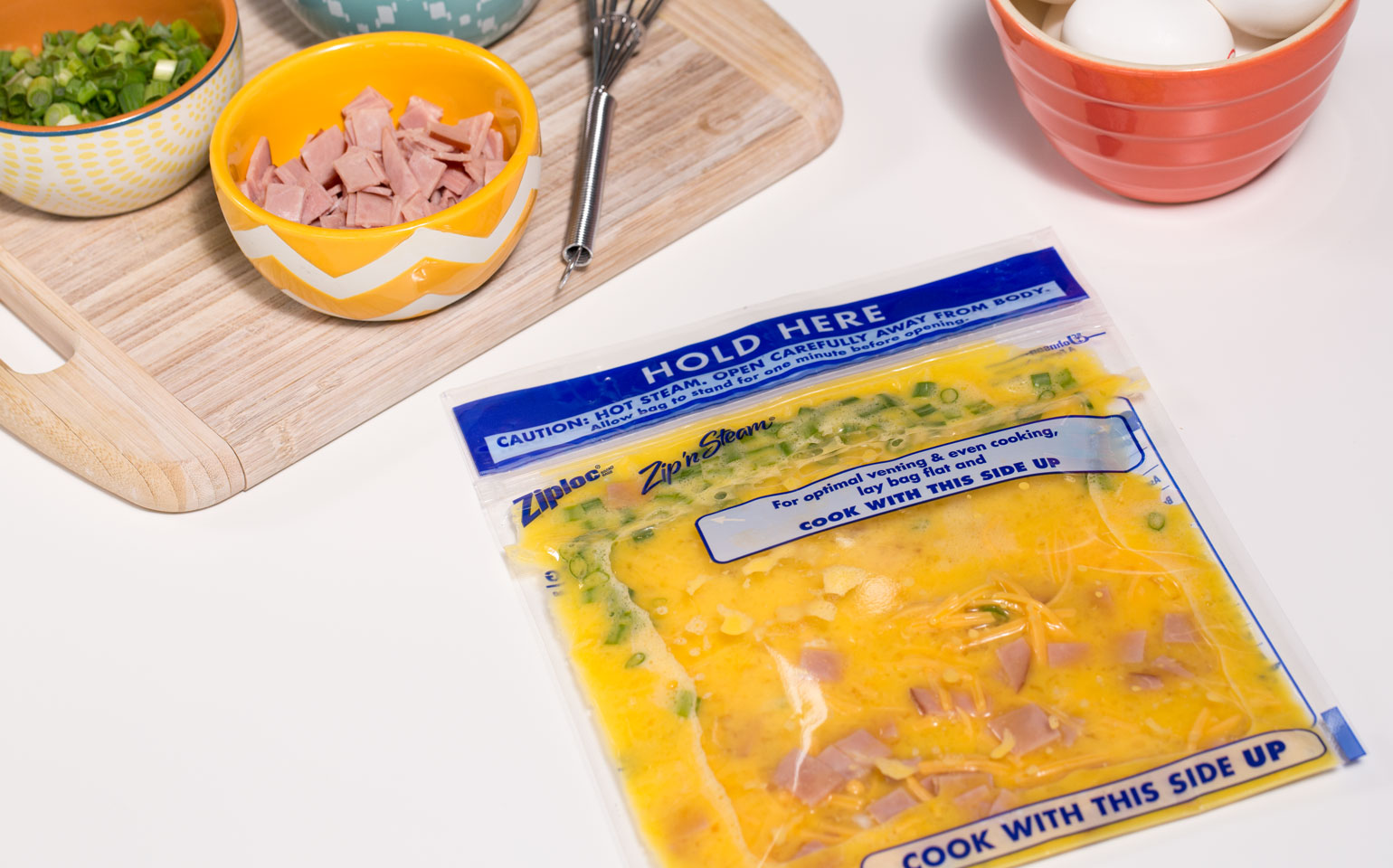
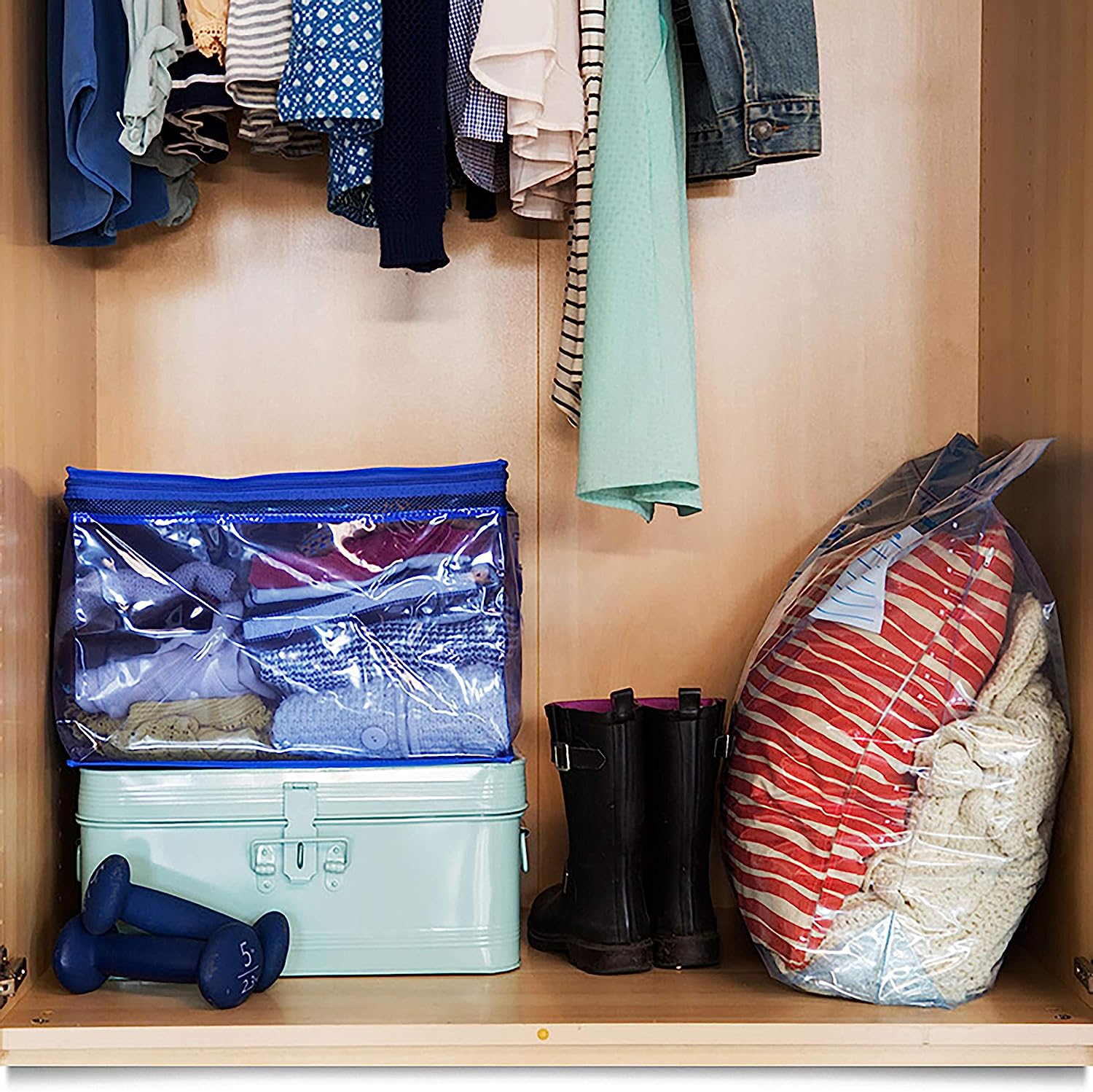
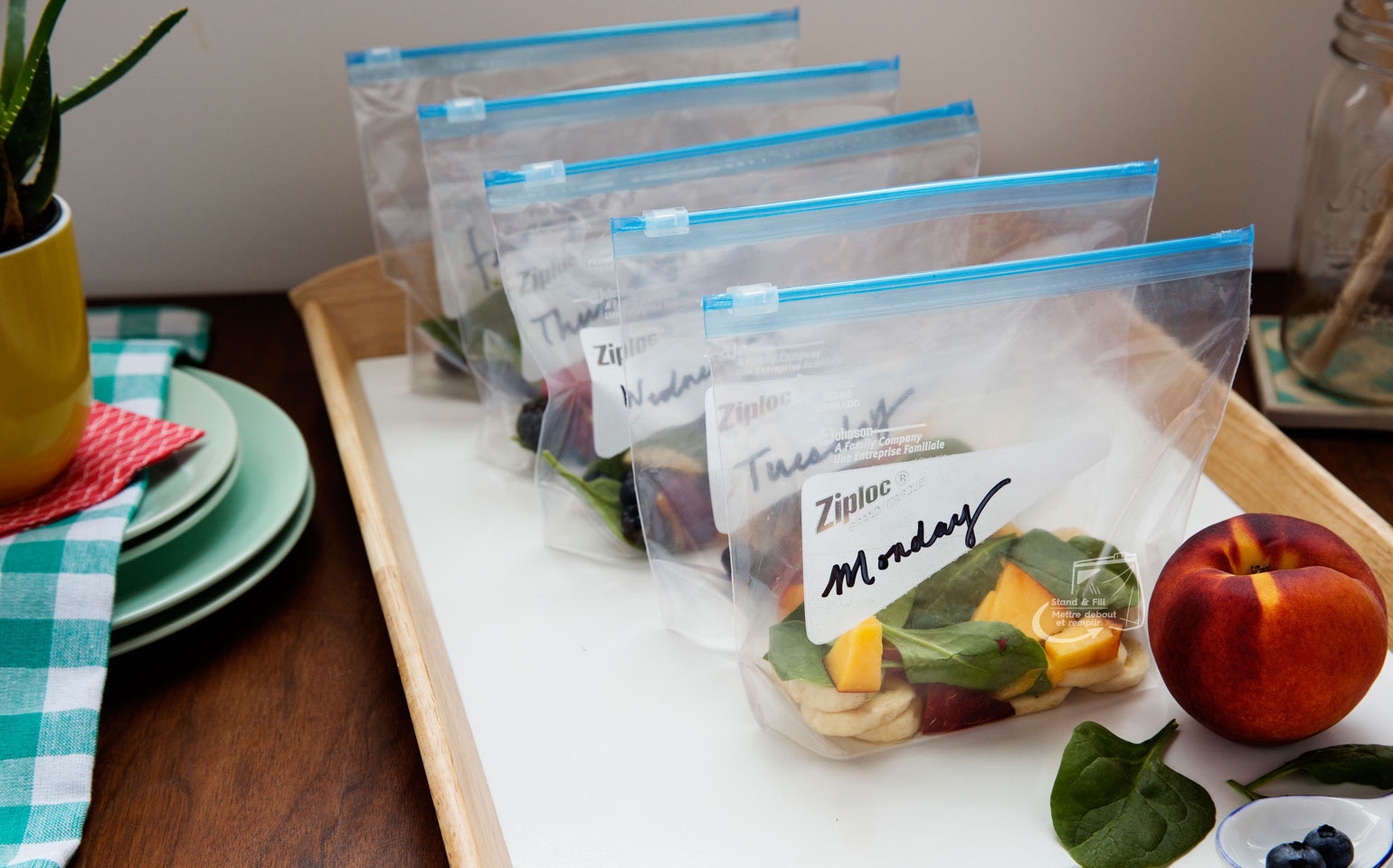
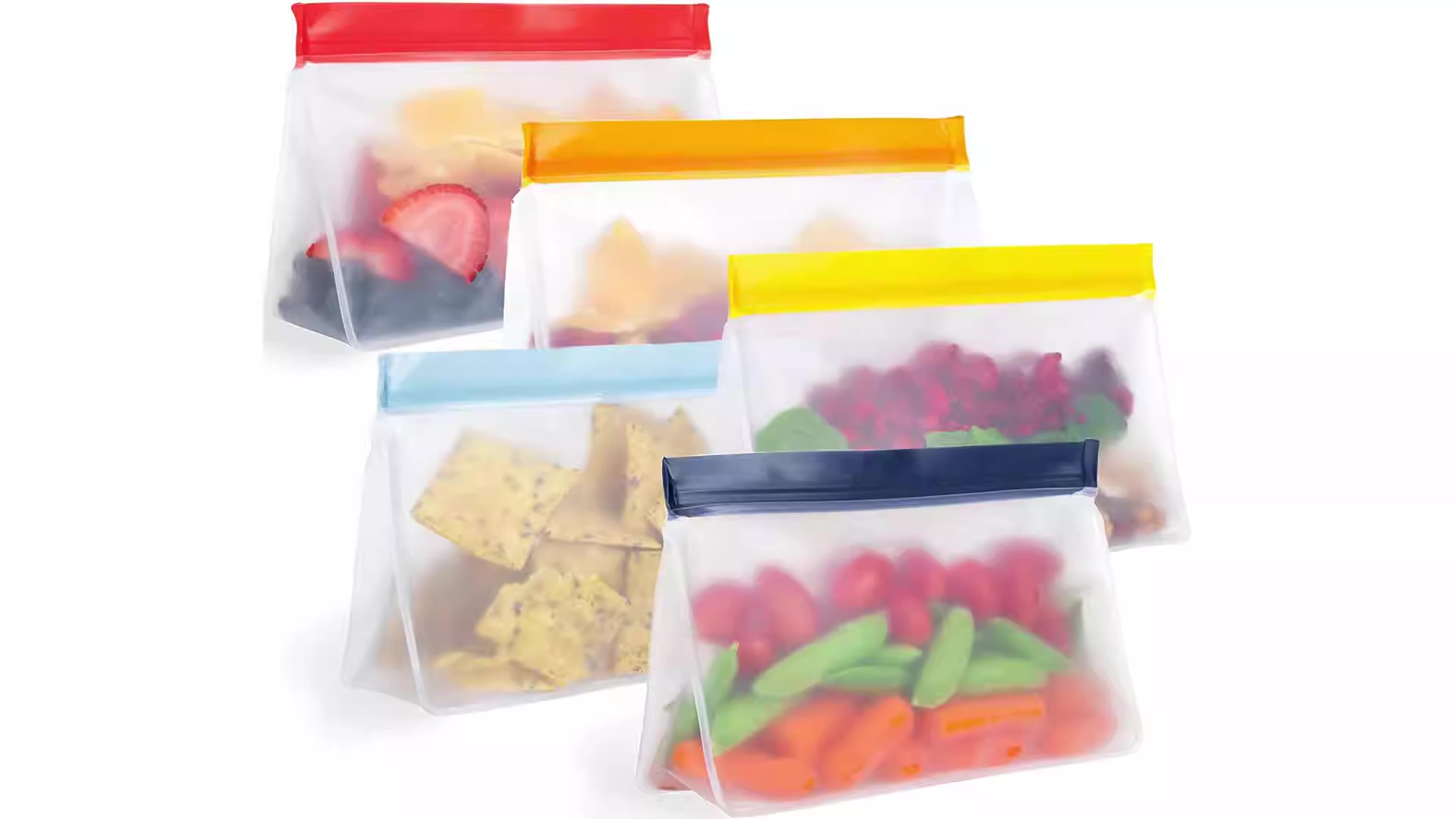
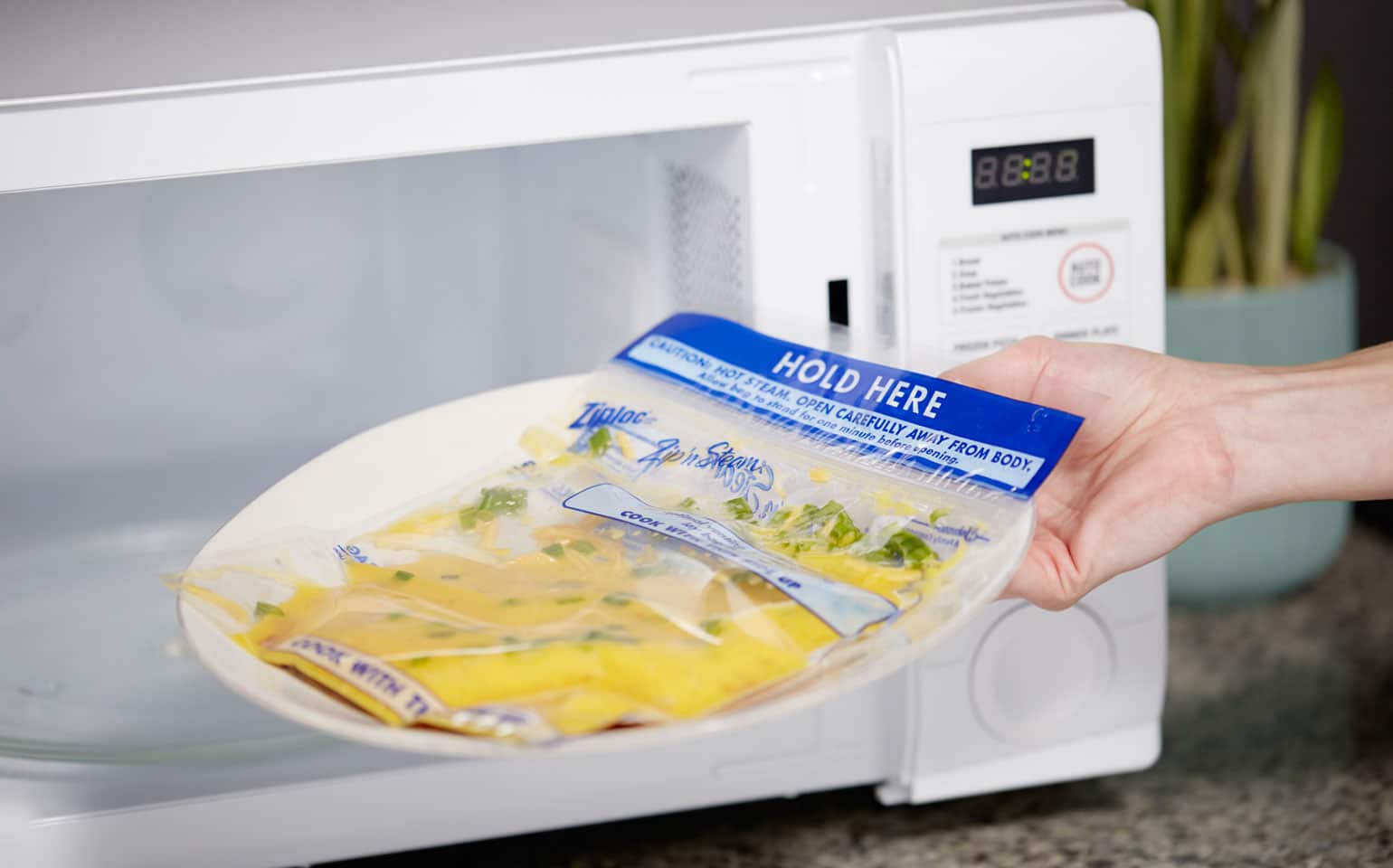

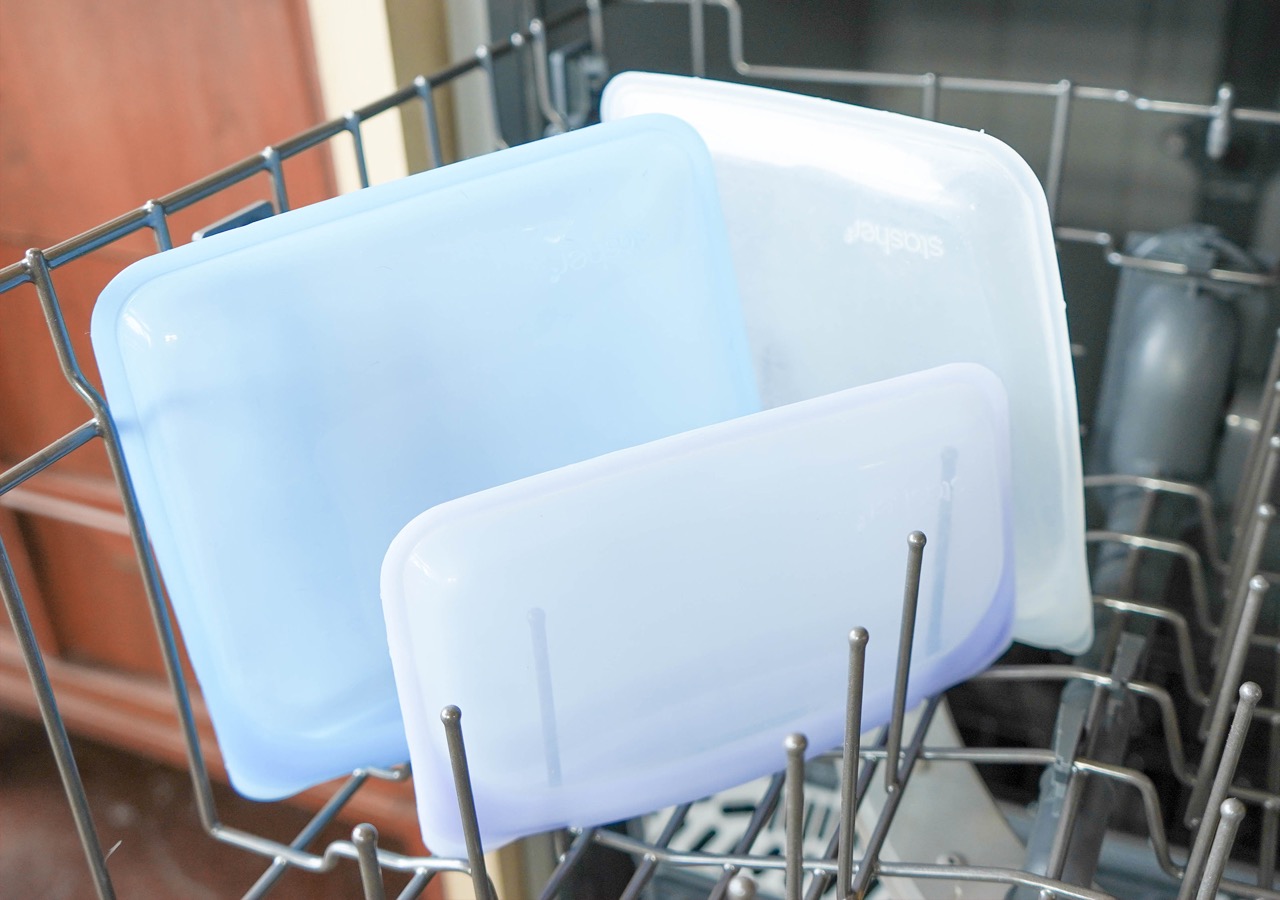
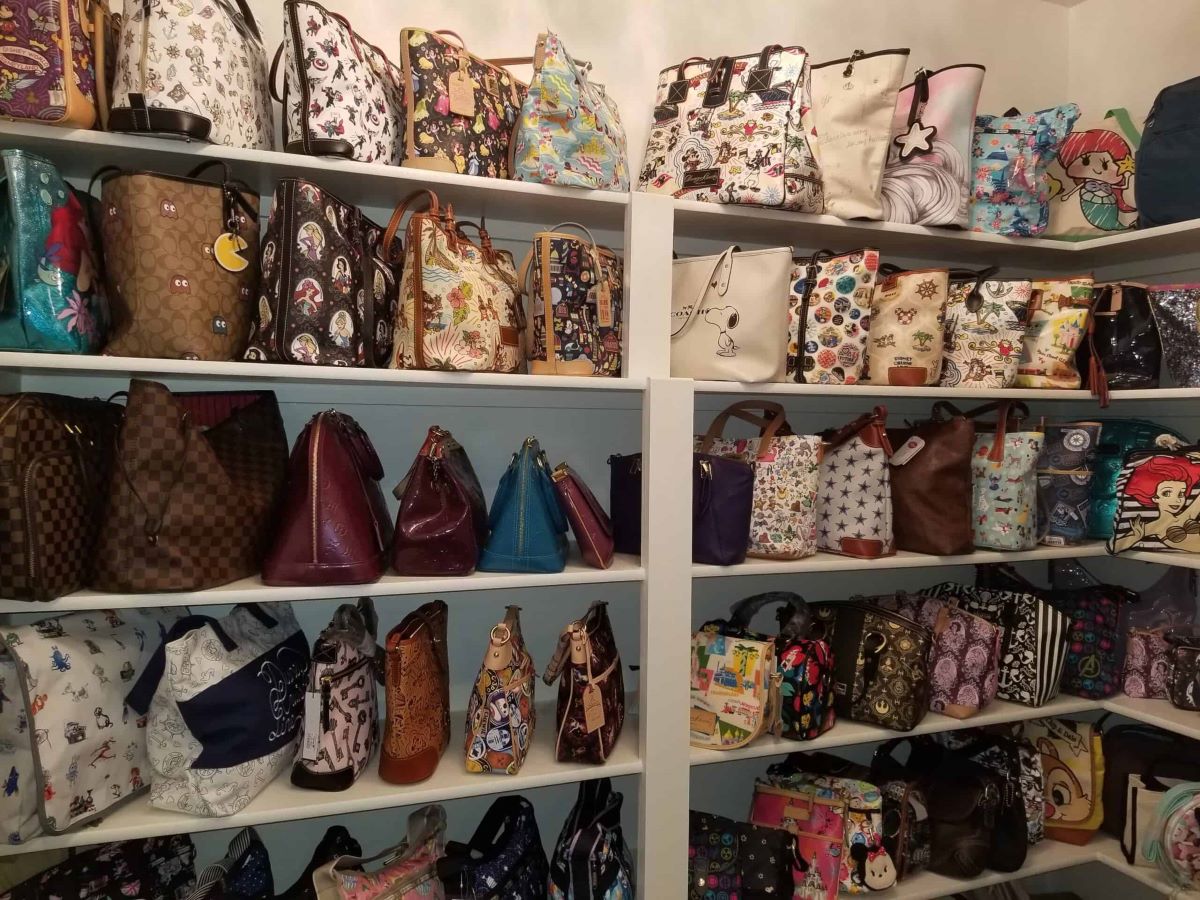
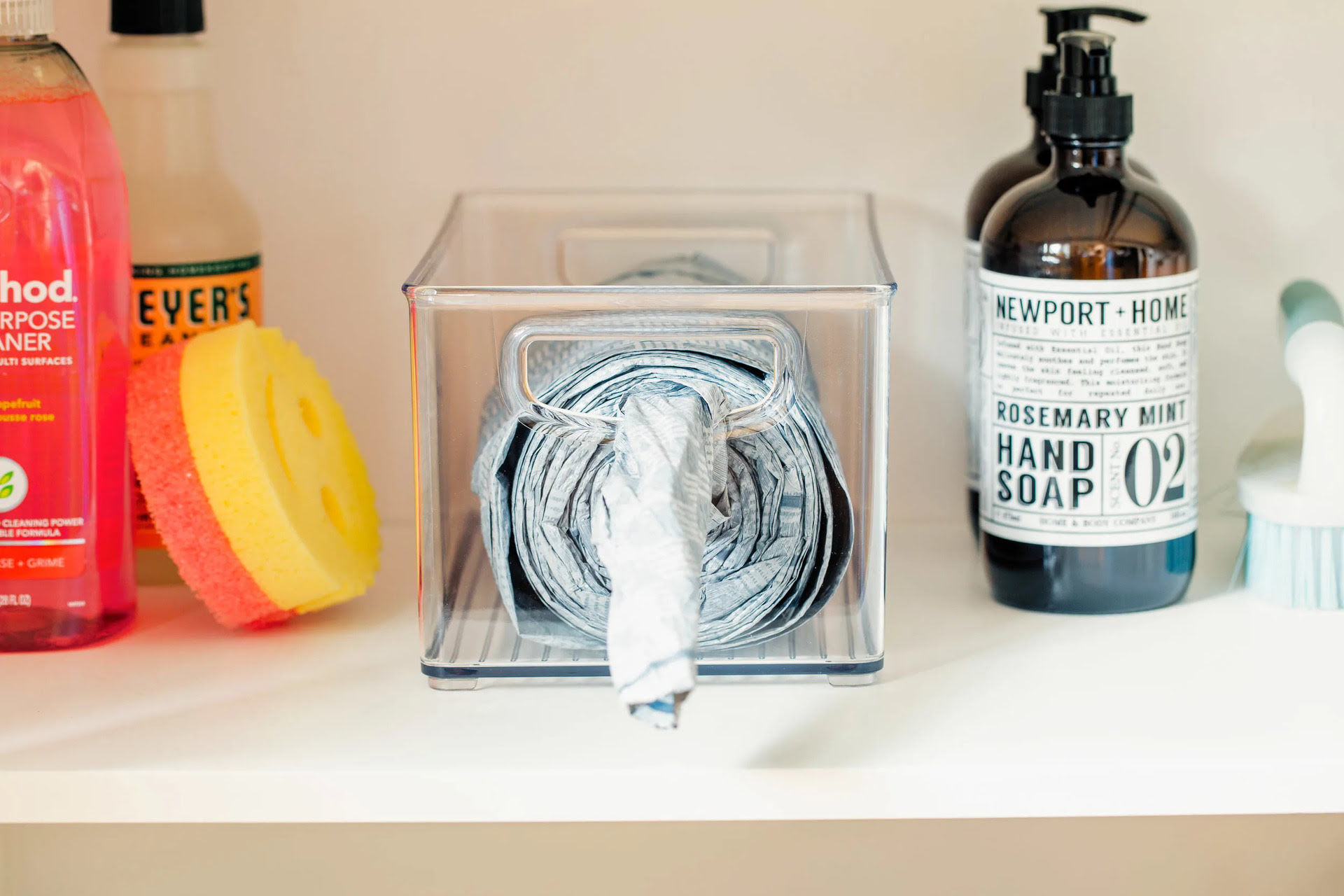

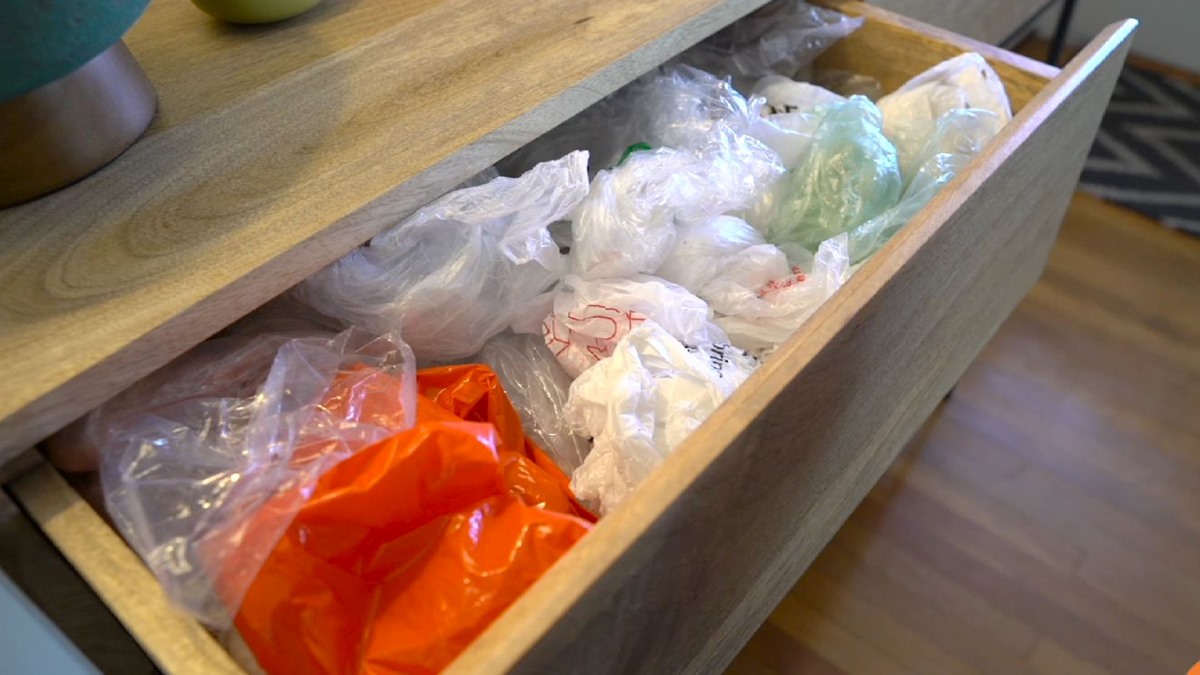

0 thoughts on “How To Store Reusable Ziploc Bags”